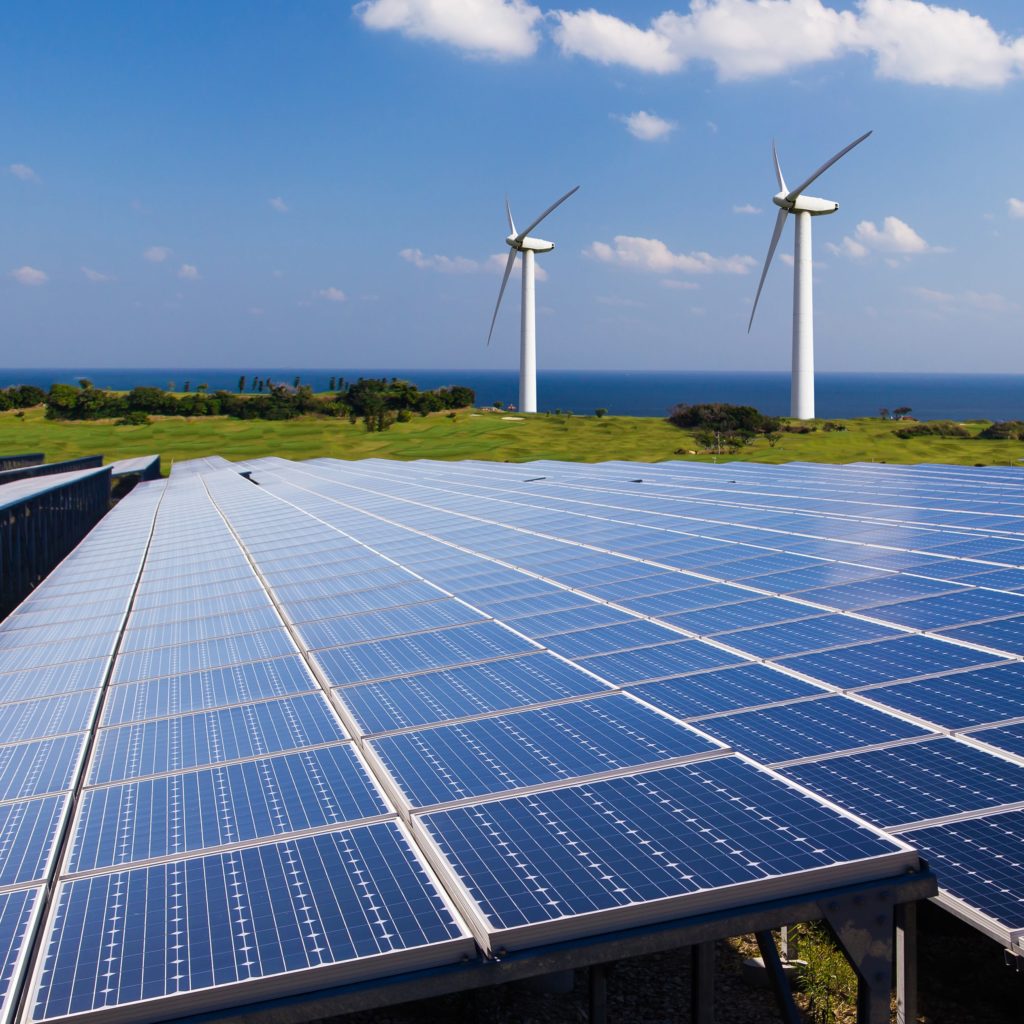Renewable Energy Sources: Powering a Sustainable Future
In today’s world, the need for clean and renewable energy sources has become more pressing than ever before. As we face the growing challenges of climate change and depleting fossil fuel reserves, it is crucial to shift towards sustainable living and embrace eco-friendly lifestyles. One key aspect of this transition is adopting renewable energy sources that can power our homes, businesses, and communities without harming the environment.
Renewable energy refers to energy that is generated from natural resources that are constantly replenished. Unlike fossil fuels such as coal, oil, and natural gas which are finite and contribute significantly to greenhouse gas emissions, renewable energy sources offer a cleaner alternative. Let’s explore some of the most common types of renewable energy:
1. Solar Energy:
Solar power harnesses the sun’s abundant energy by converting sunlight into electricity through photovoltaic (PV) cells or concentrating solar power systems. PV cells absorb photons from sunlight to generate an electric current while concentrated solar power uses mirrors or lenses to focus sunlight onto a receiver which then converts it into heat or electricity.
Solar panels have become increasingly affordable over time and their efficiency has improved significantly. They can be installed on rooftops or in large-scale solar farms, providing electricity for individual homes as well as entire communities.
2. Wind Energy:
Wind turbines convert kinetic wind energy into electrical power through rotors with blades rotating a generator inside a turbine tower. Wind farms are often located in areas with consistent wind patterns such as coastal regions or open plains.
Advancements in turbine technology have made wind power one of the fastest-growing sources of renewable energy worldwide. Large-scale wind farms generate substantial amounts of electricity that can be fed directly into local grids.
3. Hydroelectric Power:
Hydroelectricity utilizes flowing water – either from rivers or man-made reservoirs – to drive turbines connected to generators that produce electricity.
Hydropower plants can vary in size and are often classified as either large-scale or small-scale. Large dams, such as the Three Gorges Dam in China, generate significant amounts of electricity, while smaller run-of-river projects have minimal environmental impact.
4. Biomass:
Biomass energy utilizes organic matter derived from plants and animals to generate heat or electricity. This can include wood pellets, agricultural residues, dedicated energy crops like switchgrass or miscanthus, or even animal waste.
Modern biomass power plants employ advanced technologies to convert these materials into biogas or biofuels that can be used for heating systems or power generation. Biomass is considered a renewable source because new plants can be grown to replace those harvested for fuel.
5. Geothermal Energy:
Geothermal energy is derived from the natural heat within the Earth’s core. It involves extracting steam or hot water from underground reservoirs to drive turbines connected to generators.
Geothermal power plants are typically located near tectonic plate boundaries where volcanic activity generates high temperatures close to the surface. While geothermal resources may not be available everywhere, they provide a reliable and constant supply of clean energy where accessible.
Each of these renewable energy sources offers distinct advantages in terms of sustainability and reducing carbon emissions:
– Solar power enables decentralized electricity production, allowing individuals and communities to become self-sufficient.
– Wind farms can produce vast amounts of electricity at competitive prices once established.
– Hydroelectricity provides consistent baseload power with minimal greenhouse gas emissions.
– Biomass utilizes organic waste material that would otherwise contribute to pollution.
– Geothermal energy offers a reliable source of clean power in suitable geological regions.
The transition towards renewable energy sources requires concerted efforts by governments, businesses, and individuals alike. Policymakers need to implement supportive regulations and incentives while encouraging research and development in renewables technology. Businesses should invest in sustainable practices by adopting clean energy solutions wherever possible. And individuals can make a difference by installing solar panels, supporting wind energy projects, or choosing renewable energy providers.
In conclusion, renewable energy sources are the key to a sustainable future. By harnessing the power of the sun, wind, water, biomass, and geothermal heat, we can reduce our dependence on fossil fuels and mitigate climate change. Embracing these technologies will not only help us protect our environment but also create new job opportunities and foster a cleaner and healthier world for generations to come. It is time to embrace renewable energy as an integral part of our lives and build a truly sustainable future.

Leave a comment